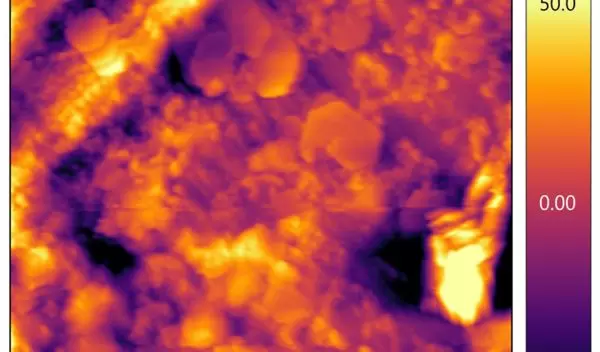
Chemists develop surface analysis technique to observe early-stage iron corrosion
Using a new technique, chemists at Michigan Technological University, supported by the U.S. National Science Foundation, successfully increased the detail of surface analysis during the beginning stages of corrosion. This breakthrough could transform how film growth and surface corrosion are managed, yield potential applications for monitoring air and water quality, and lead to new innovations for infrastructure maintenance. The team published its results in the Journal of Physical Chemistry A.
In the right conditions, rust and corrosion can cause structural instability, environmental damage and contaminate air and water. Better data about mineral formation during the corrosion process will allow chemists to understand more about how to prevent and manage corrosion byproducts.
"We want to measure and uncover chemical reactions in real environments,” said study senior author Kathryn Perrine. “We have to use a high level of [surface] sensitivity in our analysis tools to get the right information back so we can really say what is the surface mechanism and how [iron] transforms."
The research team investigated the surface chemistry when air, iron, solvents and water interact during the first stages of corrosion and measured byproduct output, learning more about how elements and variables impact the process.
Understanding more about corrosion and mineral formation is key to managing infrastructure like bridges, tunnels and pipes and mitigating environmental concerns. This approach could result in new methods to expose sources of water pollution, reduce carbon dioxide emissions, increase infrastructure stability, and lessen environmental damage.


